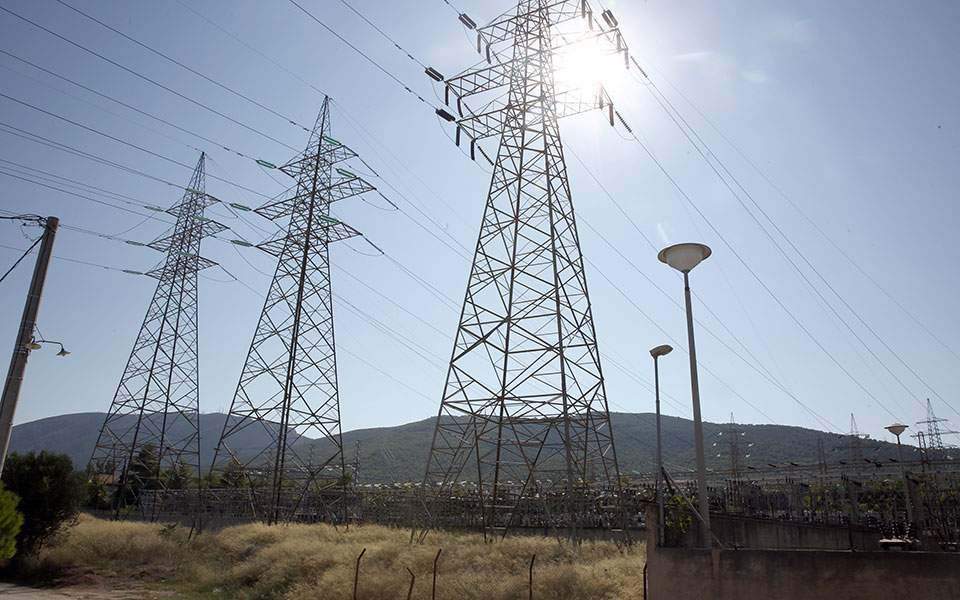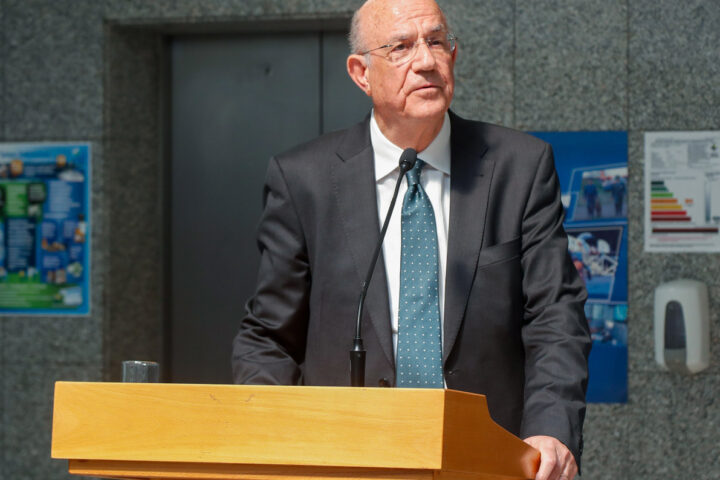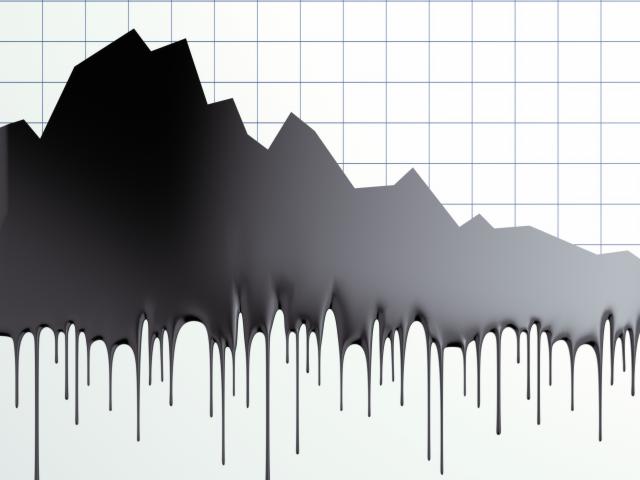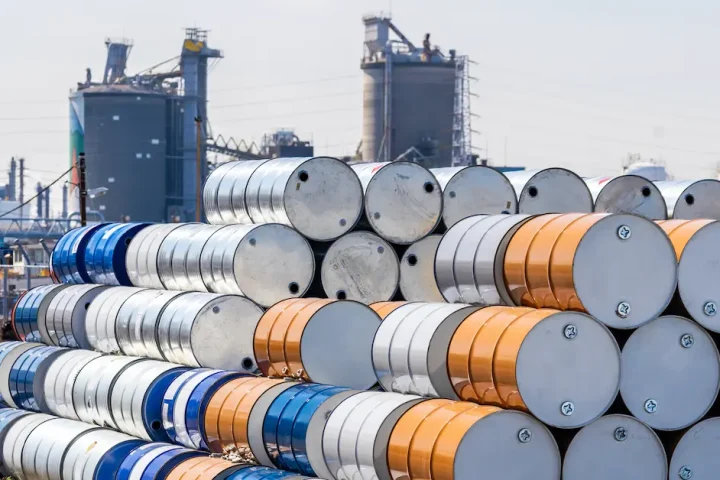While consumers struggle with inflation, there are fears that electricity bills will bulge as the Electricity Authority is called to pay an increased cost for emitting greenhouse gases.
According to Phileleftheros daily, the state Electricity Authority of Cyprus (EAC) will have to pay €300 mln of taxpayers’ money in 2023, 21% more than last year, for purchasing EU greenhouse gas emission allowances.
The EAC paid €248 mln last year. The penalty for greenhouse gas emissions is rolled down to consumers.
As Phileleftheros notes, the calculation of the fine results from the trend in the cost of greenhouse gas emission allowances in previous years.
It is estimated that with current carbon prices, the purchase of emission rights corresponds to 29% of EAC’s production costs.
Within the first two months, the price adjustment for greenhouse gas allowances shot up to 7.8 cents a kilowatt hour from 5.8 cents.
At the same time, the current EAC fuel price adjustment is 16.7 cents per kilowatt hour.
Based on this data, EAC is estimated to pay almost €300 mln in 2023 for the emission of 3 mln tonnes of carbon dioxide, said Phileleftheros.
Last year, the authority paid €248 mln with an average rights purchase price of €80 per tonne; in 2021, it was €165 mln with an average price of €54, and in 2020 €74 mln with an average price of €25 per tonne.
Between 2013 and 2019, Cyprus was given a derogation by the European Commission and was allocated free emission rights, with the cost paid by the EAC ranging from €336,000 – €67 mln.
The above data is from the Ministry of Environment, the competent authority for the Emissions Trading Scheme – the cornerstone of the EU’s strategy to tackle climate change.
Meanwhile, consumers since September have seen their bills lowered by an average of 14% by a government subsidy scheme of up to €68.72 until April.
This subsidy was introduced to cover the increase resulting from the government’s decision to reinstate VAT to 19% after lowering it to 9% for ten months.
However, bills received at the end of 2022, compared to the previous year, were 17% higher and 60% higher than those received in 2019.









